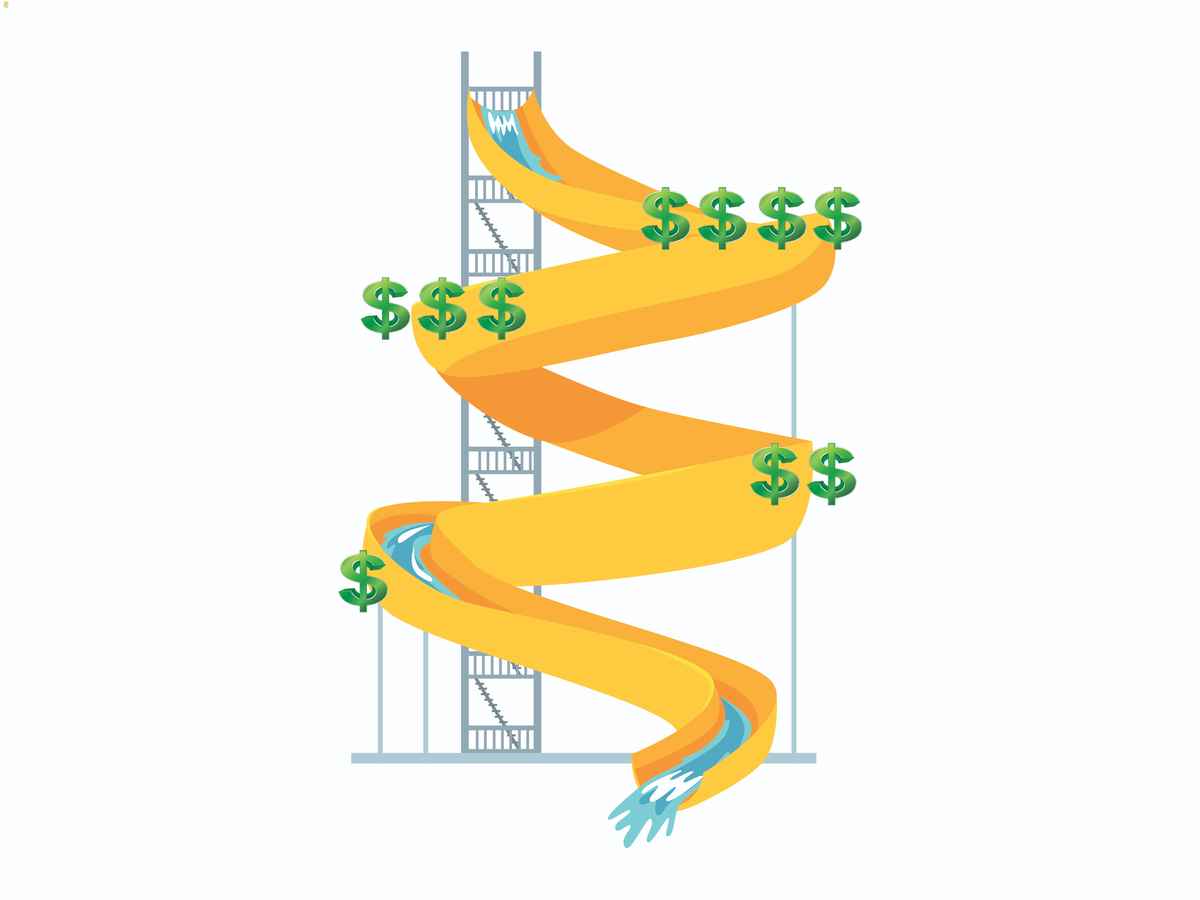
Sliding Scale
Should restaurants consider dynamic pricing?
The premise that guests pay according to supply and demand (a concept called dynamic pricing) makes business sense—until it doesn’t. On paper, charging more for prime-time reservations and less for low-demand slots looks appealing. “Say for Friday night at 7 p.m. [the guest pays] 125 percent of a typical check and Monday at 5 p.m. they pay 75 percent of the typical check,” explains restaurant consultant John Imbergamo. But the mechanics of this system are difficult to pull off. “You have to use a prix fixe ticketing system like Alinea or Per Se,” he continues. “And I don’t know how you do à la carte pricing.”
Moreover, explaining this shift—albeit to a public already familiar with purchasing plane tickets, booking hotels, or calling Uber—is a zero-sum game. “You can easily refer to airline and hotel industries and say, ‘It’s just like that,’” Imbergamo says. “Except for the last 100 years we’ve been doing it the other way.” In short: The guest isn’t gonna get it.
The takeaway: Until you see dynamic pricing in use and have a chance to analyze the data, no one knows how it’s going to work. The best and most feasible way to implement it, says Imbergamo, is “as a new restaurant, where that’s your model.” And then you hope for the best.
Talk to us! Email your experiences (and thoughts, opinions, and questions—anything, really) to askus@diningout.com.



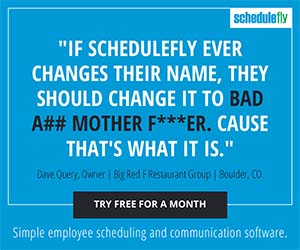

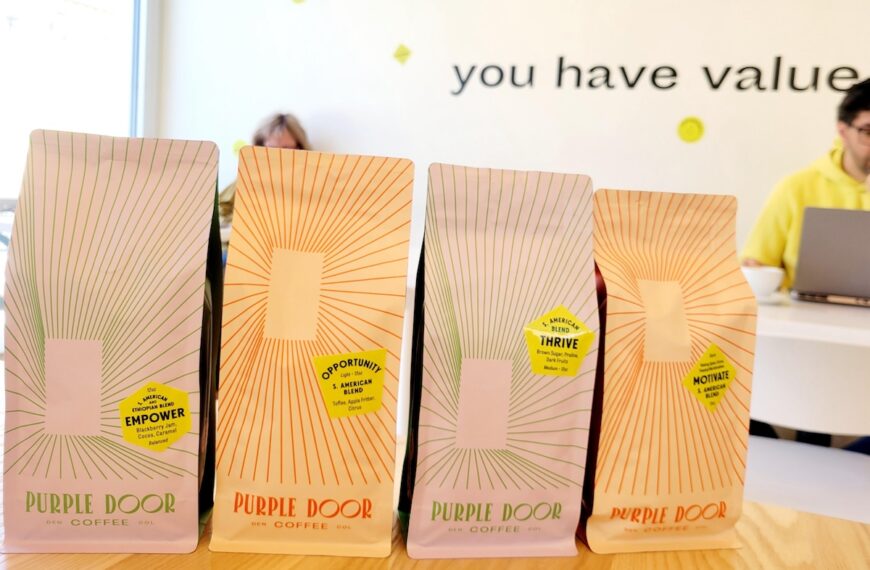
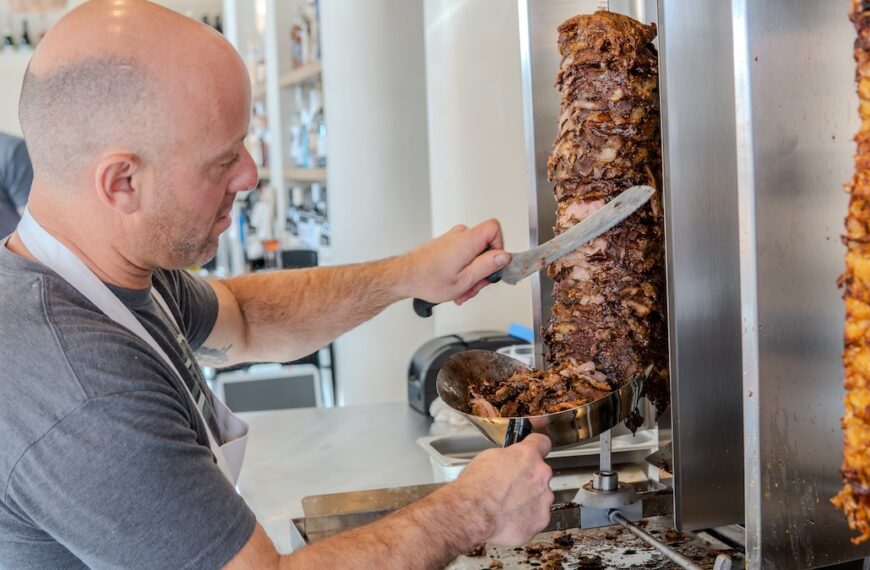
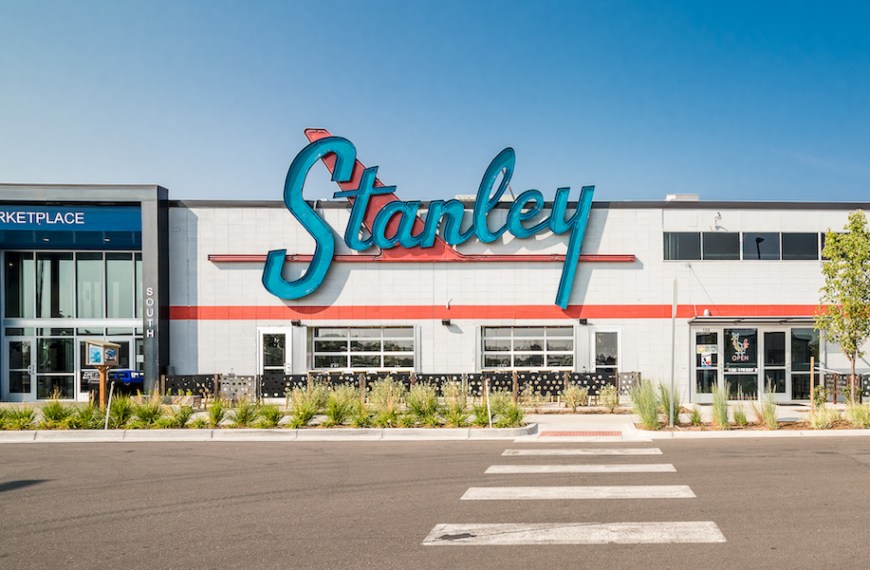
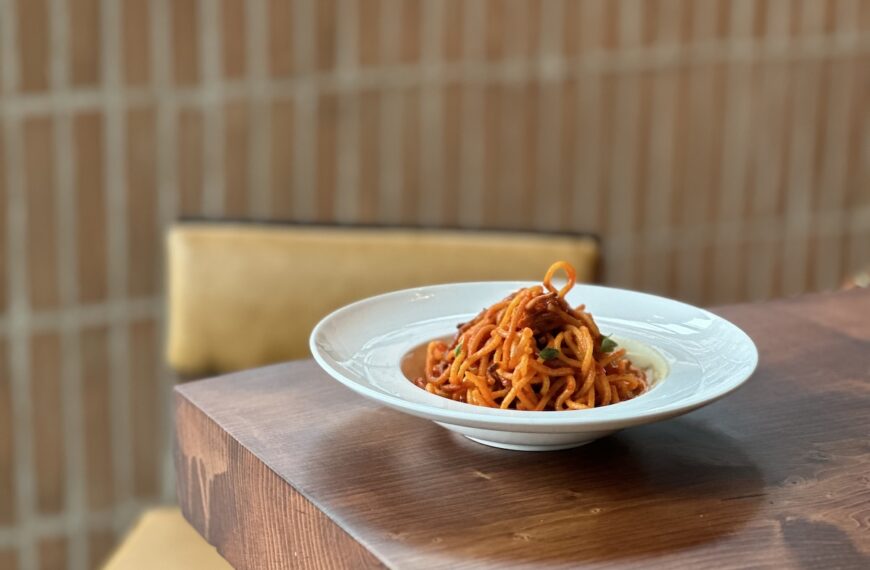


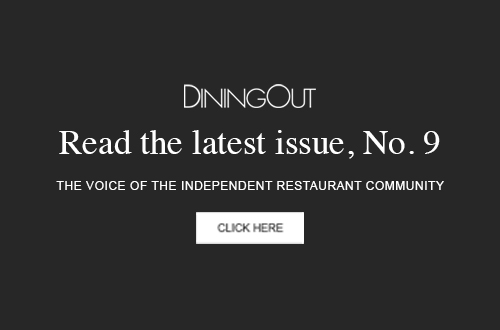
Comments are closed.